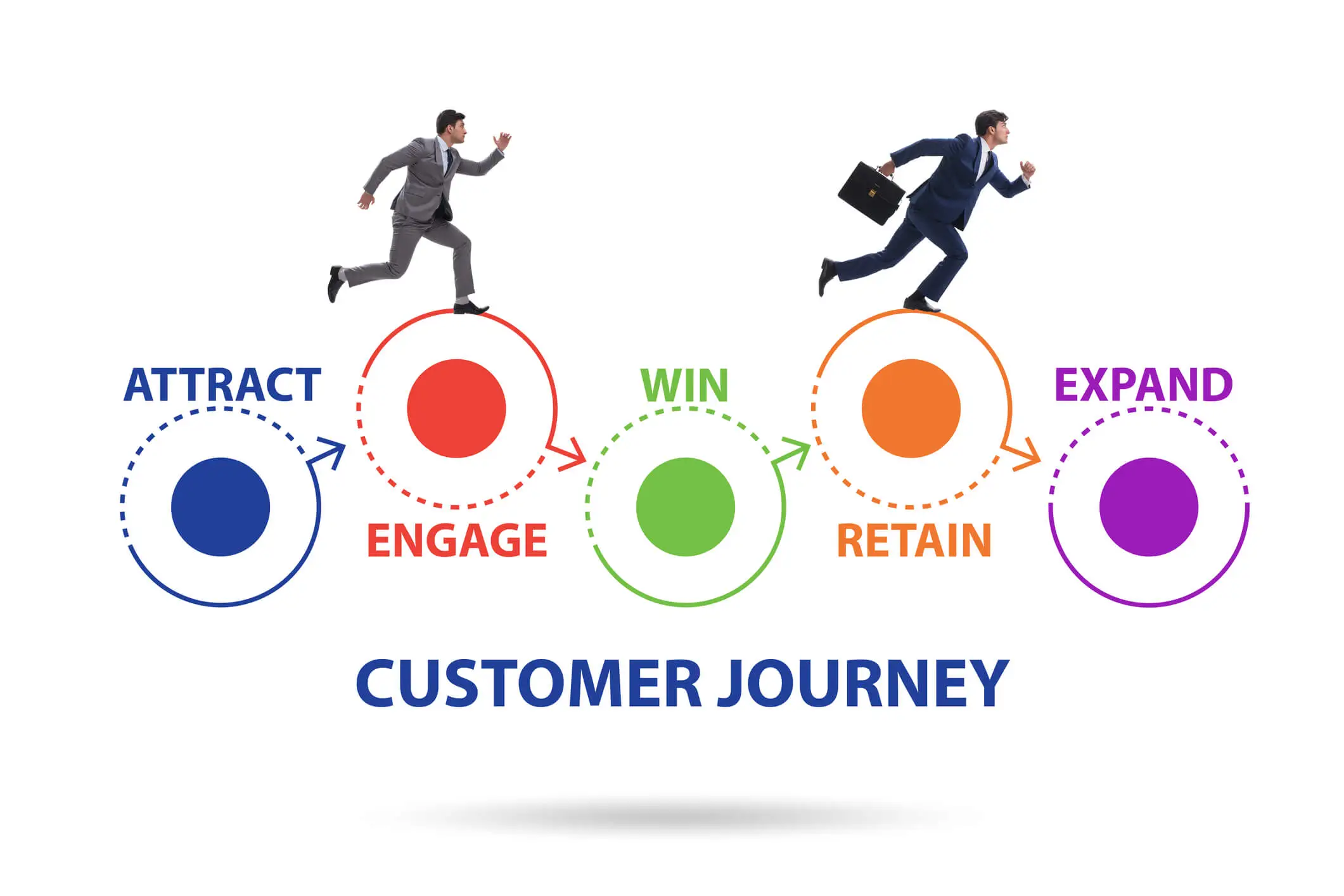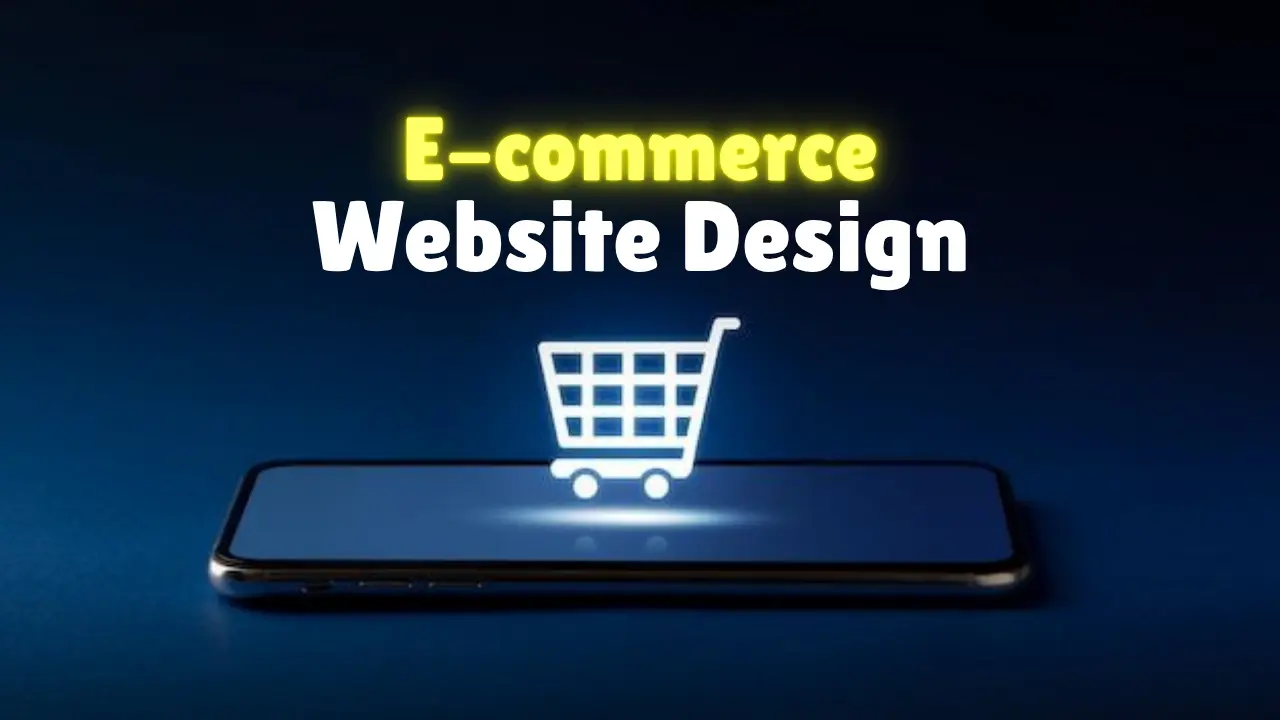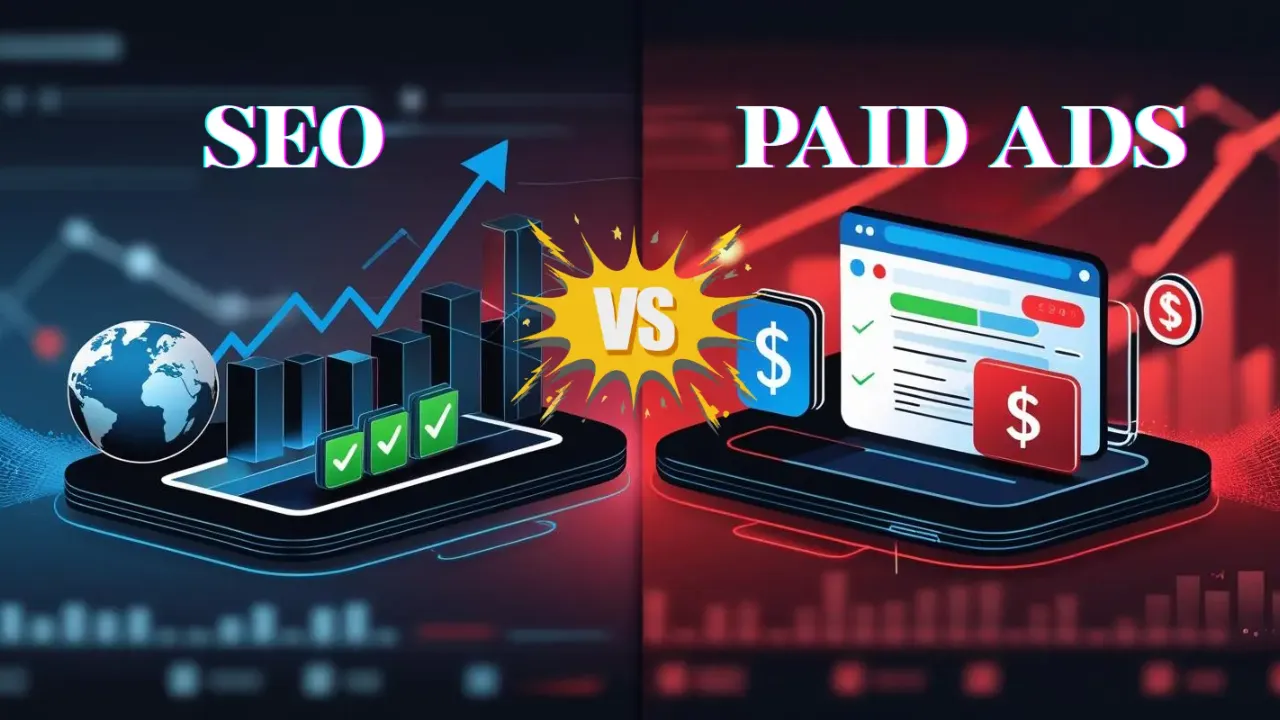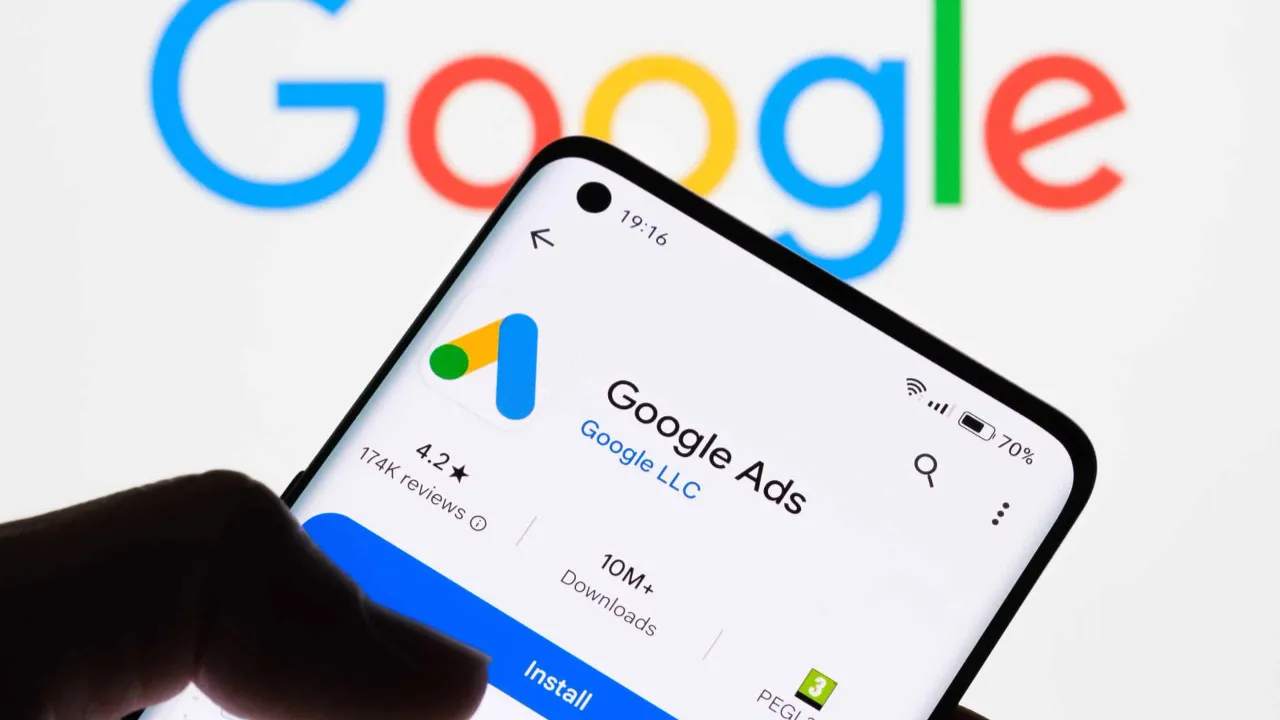8 reasons why your business is not generating leads
Unlock the secrets to better lead generation and turn cold traffic into loyal customers with these proven strategies.
Lack of quality leads is a challenge that almost all business owners I speak with have. Without leads, there would be no sales funnel, and without a pipeline, your business could lose money and experience slow growth. To support your sales efforts and keep your firm afloat, lead creation is vitally essential.
But it's easy to place the blame on outside variables like the state of the economy when leads stop pouring in. In actuality, though, the issue frequently stems from your approach.
Let’s dig into the 8 reasons why your business is struggling to generate leads—and how to fix it.
Your Website Traffic is Too Cold

A major issue could be that the traffic coming to your website isn’t warmed up enough to convert. People may visit out of curiosity or accident but leave without taking action because they don’t know, like, or trust you yet.
Solution: Warm up your audience before driving them to your lead forms. Provide valuable, engaging content that builds trust and positions you as an authority in your field. This can include:
- Educational blog posts addressing your audience’s pain points.
- Targeted email campaigns offering free resources or tips.
- Social media content that highlights your expertise and success stories.
Warming up your audience isn’t just about creating content—it’s about consistency. Regularly publish helpful materials to stay on their radar and build credibility over time. The more trust you earn, the more likely they are to convert.
Poor Quality Traffic
Another frequent cause of low-quality leads is directing the incorrect audience to your website. Not all traffic is created equal, and drawing in visitors who have little interest in your offerings will distort your analytics and squander your marketing cash.
Solution: Refine your targeting strategies. Use precise SEO practices and focused ad campaigns to attract your ideal customer. Some steps include:
- Researching keywords that align with your audience’s search behavior.
- Running highly targeted social media ads with specific demographics.
- Creating content tailored to niche audiences who are most likely to convert.
Additionally, analyze your traffic sources to determine what’s working and what isn’t. Tools like Google Analytics can help you identify the channels bringing in high-quality visitors, so you can double down on those efforts.
You’re Using Company-Centric Headlines
Your headlines are the first thing potential customers see, so if they are overly business-oriented rather than customer-focused, they will not grab their attention. Phrases like "We're the Best" may boost your self-esteem, but they don't really engage your audience.
Solution: Craft customer-centric headlines. Instead of talking about yourself, emphasize the benefits and results your customers will get. Examples:
- Company-Centric: “Our CRM is Award-Winning.”
- Customer-Centric: “Boost Your Sales Team’s Closing Rate by 40% with Our CRM.”
To craft compelling headlines, put yourself in your customers’ shoes. Ask, “What’s in it for them?” and focus your messaging on solving their problems or fulfilling their desires.
No Social Proof

One effective strategy for establishing trust is social evidence. Your potential leads may be reluctant to proceed if you are not displaying case studies, customer reviews, or testimonials.
Solution: Use social proof to establish credibility and trust. This can include:
- Sharing customer success stories that highlight real results.
- Displaying positive reviews prominently on your website.
- Featuring endorsements from well-known partners or clients.
In addition to traditional social proof, consider leveraging metrics. For example, “Trusted by over 5,000 businesses” or “Our clients report an average 35% increase in efficiency” can make a strong impression. Numbers lend credibility and help prospects feel more confident in choosing your business.
Unclear Offer and Call to Action
If your offer or call-to-action (CTA) isn’t clear, visitors won’t know what to do next. Ambiguity leads to inaction, and potential leads will simply leave your website.
Solution: Make your offers and CTAs crystal clear. Ensure they’re:
- Concise: Avoid jargon and keep it straightforward.
- Compelling: Use action-oriented language that sparks interest.
- Prominent: Place CTAs where they’re easy to find.
For example, instead of saying, “Learn More,” try “Get Your Free Guide Today” or “Schedule Your Demo Now.” Use visuals like buttons or contrasting colors to draw attention to your CTAs. Additionally, test different wording and placements to optimize conversions.
Too Many Distractions (Too Many Links)
Overloading your website or landing pages with links, buttons, or unrelated information can confuse and overwhelm your visitors. If they’re not sure where to focus, they’re likely to click away.
Solution: Simplify your pages by focusing on a single primary Call to Value (CTV). Ensure the user journey is straightforward and distraction-free by:
- Reducing unnecessary links or navigation options.
- Highlighting one core action you want visitors to take.
- Using clean, minimalistic design to guide attention to your CTA.
A streamlined design also improves loading times, which can further enhance user experience. Remember, every extra second a page takes to load increases the risk of losing potential leads.
Asking Too Much on Lead Forms
Lead forms that are lengthy and intricate are a big turn-off. Asking for too much information up front diminishes the likelihood of conversions and causes friction.
Solution: Keep your lead forms short and simple. Only ask for essential information, such as name, email, and phone number. You can always gather additional details later in the sales process.
If you must include more fields, provide context. For example, explain why you’re asking for certain details and how they’ll benefit the customer. Offering an incentive, such as a free resource or discount, can also encourage users to complete longer forms.
Poor Positioning of Your Offer or Niche
Poor positioning is probably the reason why your offer doesn't appeal to your target audience. It's possible that your messaging fails to emphasize the special value that your product or service offers.
Solution: Clearly define and position your offer to align with your audience’s needs. Focus on your unique value proposition and communicate it effectively. For example:
- Identify what sets your product apart from competitors.
- Showcase how it solves specific problems or meets pressing needs.
- Ensure your messaging reflects the priorities and preferences of your ideal customer.
You can also test different messaging strategies with A/B testing to refine your positioning. This allows you to identify what resonates most with your audience and adjust accordingly.
Final Thoughts
Your lead generation efforts can be significantly enhanced by resolving these eight problems.
Keep in mind that bringing in the correct kind of traffic and turning them into quality leads is more important than simply increasing traffic.
You may put your business on a route to long-term success by honing your approach, engaging your audience, and resolving typical obstacles.
Examine your present strategy carefully and identify any areas that want improvement. Making deliberate changes will increase your lead generation, conversion rates, and long-term success.
Which of these areas will you tackle first? Let us know!



